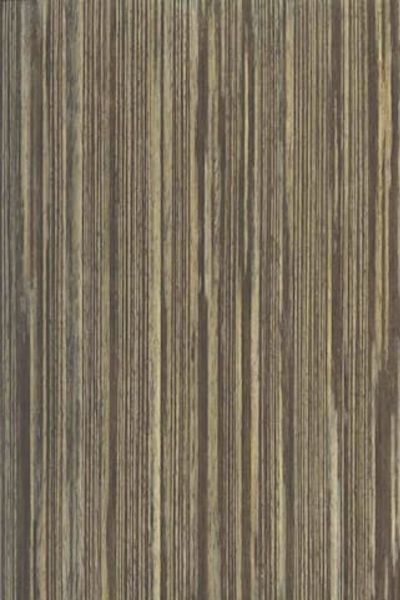-
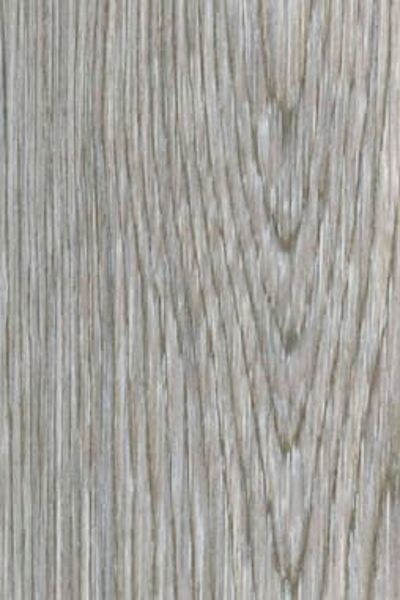 Brookside Veneers, Produced by Alpi Spa. Learn About Veneer Cut & Matching
Brookside Veneers, Produced by Alpi Spa. Learn About Veneer Cut & Matching -
 Tineo is prized for its unique and interesting colors—the typically pinkish-brown veneer is marked with bold, exotic streaks of purple, dark green, blue, and/or black. Found primarily in South America, this wood is sometimes called Indian Apple. The veneer is straight-grained with a fine to medium texture, and a lovely natural luster. Learn About Veneer Cut & Matching
Tineo is prized for its unique and interesting colors—the typically pinkish-brown veneer is marked with bold, exotic streaks of purple, dark green, blue, and/or black. Found primarily in South America, this wood is sometimes called Indian Apple. The veneer is straight-grained with a fine to medium texture, and a lovely natural luster. Learn About Veneer Cut & Matching -
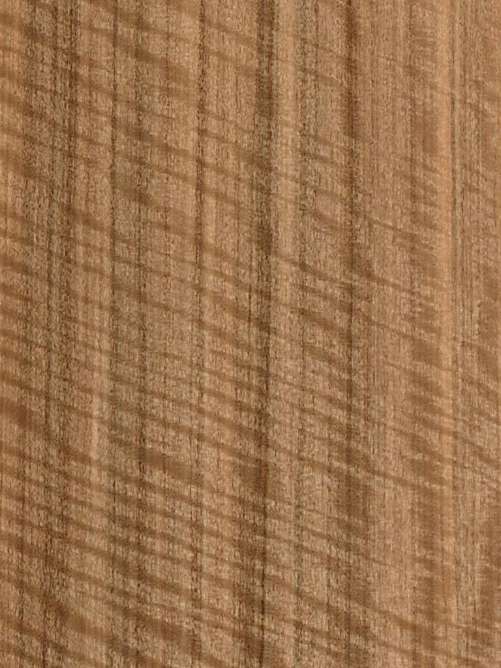 Known around the world by many names, this wood resembles walnut but is in fact not related to the walnut family. Its heartwood varies from light pink to brown to gray contrasted by dark irregular stripes when quarter cut. Figured woods are fairly common. This exceptionally large tree produces large leaves of veneer that are well suited for architectural use. Rare and increasingly challenging to acquire, this veneer is a distinctive choice for discerning interiors. Learn About Veneer Cut & Matching
Known around the world by many names, this wood resembles walnut but is in fact not related to the walnut family. Its heartwood varies from light pink to brown to gray contrasted by dark irregular stripes when quarter cut. Figured woods are fairly common. This exceptionally large tree produces large leaves of veneer that are well suited for architectural use. Rare and increasingly challenging to acquire, this veneer is a distinctive choice for discerning interiors. Learn About Veneer Cut & Matching -
 European walnut is among the most popular veneers in the world market. In recent years, severe frost in France damaged a great number of trees, making good European walnut increasingly harder to find and more expensive than its American cousin. A favorite for high-quality architectural woodwork, this veneer has a smooth, even texture and thin, dark, grain markings over a light to dark brown background. Learn About Veneer Cut & Matching
European walnut is among the most popular veneers in the world market. In recent years, severe frost in France damaged a great number of trees, making good European walnut increasingly harder to find and more expensive than its American cousin. A favorite for high-quality architectural woodwork, this veneer has a smooth, even texture and thin, dark, grain markings over a light to dark brown background. Learn About Veneer Cut & Matching -
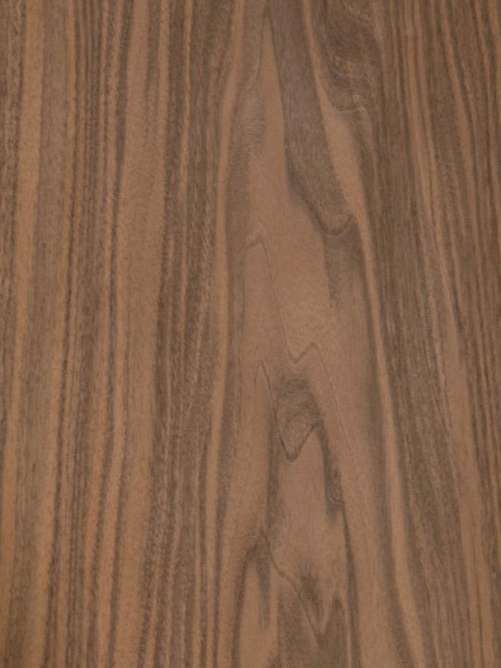 European walnut is among the most popular veneers in the world market. In recent years, severe frost in France damaged a great number of trees, making good European walnut increasingly harder to find and more expensive than its American cousin. A favorite for high-quality architectural woodwork, this veneer has a smooth, even texture and thin, dark, grain markings over a light to dark brown background. Learn About Veneer Cut & Matching
European walnut is among the most popular veneers in the world market. In recent years, severe frost in France damaged a great number of trees, making good European walnut increasingly harder to find and more expensive than its American cousin. A favorite for high-quality architectural woodwork, this veneer has a smooth, even texture and thin, dark, grain markings over a light to dark brown background. Learn About Veneer Cut & Matching -
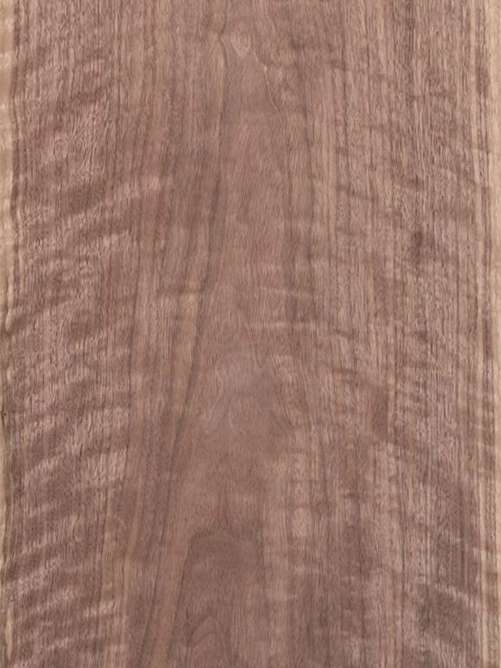 American walnut is the quintessential native hardwood and a hallmark of wood quality and tradition—one of the country’s most versatile, varied, and well-loved veneers. It produces a wider variety of figures than any other wood. Quarter cut veneers have a straight, even grain; flat cut produces a beautiful cathedral pattern. Burled walnut is a rare and exceptional offering—rich and dark with a beautiful swirling grain intermingled with clusters of burl. Also available in recon and rough cut. Learn About Veneer Cut & Matching
American walnut is the quintessential native hardwood and a hallmark of wood quality and tradition—one of the country’s most versatile, varied, and well-loved veneers. It produces a wider variety of figures than any other wood. Quarter cut veneers have a straight, even grain; flat cut produces a beautiful cathedral pattern. Burled walnut is a rare and exceptional offering—rich and dark with a beautiful swirling grain intermingled with clusters of burl. Also available in recon and rough cut. Learn About Veneer Cut & Matching -
 Pale yellow-gray to nearly white, sen is Japanese ash popular in Japan for both furniture and interiors. It has a straight, fine grain when cut on the quarter and a nice cathedral character with a fine grain on either side of the heart when flat cut. When marked with a Pommele figure, this veneer is called "Tamo". Sen is an excellent choice for a variety of interiors aesthetics including modern, Asian, and minimalist designs. Learn About Veneer Cut & Matching
Pale yellow-gray to nearly white, sen is Japanese ash popular in Japan for both furniture and interiors. It has a straight, fine grain when cut on the quarter and a nice cathedral character with a fine grain on either side of the heart when flat cut. When marked with a Pommele figure, this veneer is called "Tamo". Sen is an excellent choice for a variety of interiors aesthetics including modern, Asian, and minimalist designs. Learn About Veneer Cut & Matching -
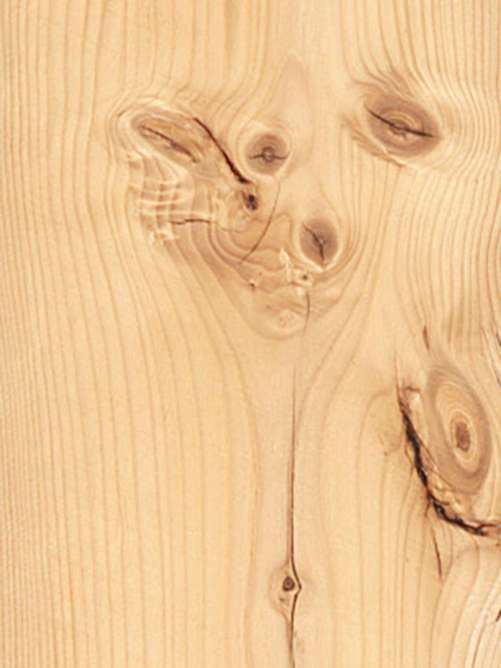 Vintage knotty spruce is sliced from hand-hewn beams reclaimed from old farmhouses, barns, or commercial buildings. Preserving the natural character of the wood, the beams are washed, de-nailed, dimensionally sorted, and then sliced into veneer. The veneer is generally straight-grained with knotty characteristics that include splits, checks, nail holes, and occasional discolorations that reflect its history and give the wood a rustic feel. This veneer is sliced at 1.4 mm and intended for use in random sequences. Learn About Veneer Cut & Matching
Vintage knotty spruce is sliced from hand-hewn beams reclaimed from old farmhouses, barns, or commercial buildings. Preserving the natural character of the wood, the beams are washed, de-nailed, dimensionally sorted, and then sliced into veneer. The veneer is generally straight-grained with knotty characteristics that include splits, checks, nail holes, and occasional discolorations that reflect its history and give the wood a rustic feel. This veneer is sliced at 1.4 mm and intended for use in random sequences. Learn About Veneer Cut & Matching -
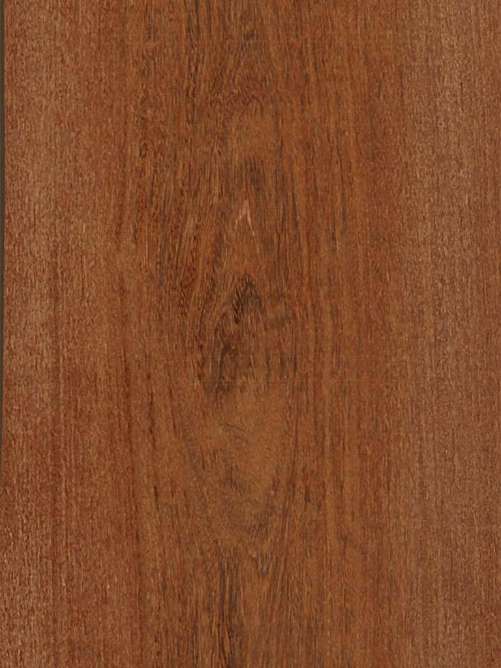 Named for a city in northern Brazil, Sucupira is a South American hardwood with a character similar to rosewood or teak. It has a warm chocolate color with a fine yellow stripe, a lustrous finish, and a lively interlocking grain that is rarely figured. The flat cut veneer produces a beautiful cathedral pattern. Learn About Veneer Cut & Matching
Named for a city in northern Brazil, Sucupira is a South American hardwood with a character similar to rosewood or teak. It has a warm chocolate color with a fine yellow stripe, a lustrous finish, and a lively interlocking grain that is rarely figured. The flat cut veneer produces a beautiful cathedral pattern. Learn About Veneer Cut & Matching -
 Actually a maple by genus, sycamore is among the most valuable native broad-leafed trees in Europe. Nearly white in color with a fine, close texture, notable uniform structure, and straight grain that may be figured, this light color wood evokes a minimalist elegance. The flat cut veneer shows the characteristic cathedral pattern. It readily accepts stains and can be dyed to many colors, most popularly a silver-gray. Learn About Veneer Cut & Matching
Actually a maple by genus, sycamore is among the most valuable native broad-leafed trees in Europe. Nearly white in color with a fine, close texture, notable uniform structure, and straight grain that may be figured, this light color wood evokes a minimalist elegance. The flat cut veneer shows the characteristic cathedral pattern. It readily accepts stains and can be dyed to many colors, most popularly a silver-gray. Learn About Veneer Cut & Matching -
 Actually a maple by genus, sycamore is among the most valuable native broad-leafed trees in Europe. Nearly white in color with a fine, close texture, notable uniform structure, and straight grain that may be figured, this light color wood evokes a minimalist elegance. The flat cut veneer shows the characteristic cathedral pattern. It readily accepts stains and can be dyed to many colors, most popularly a silver-gray. Learn About Veneer Cut & Matching
Actually a maple by genus, sycamore is among the most valuable native broad-leafed trees in Europe. Nearly white in color with a fine, close texture, notable uniform structure, and straight grain that may be figured, this light color wood evokes a minimalist elegance. The flat cut veneer shows the characteristic cathedral pattern. It readily accepts stains and can be dyed to many colors, most popularly a silver-gray. Learn About Veneer Cut & Matching


